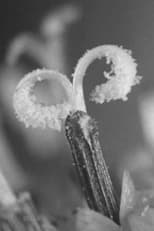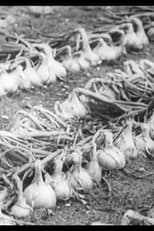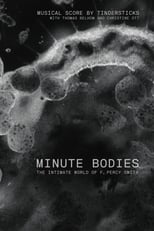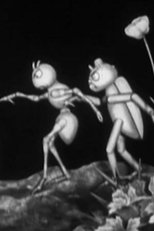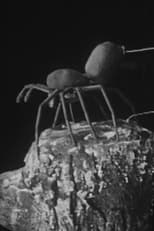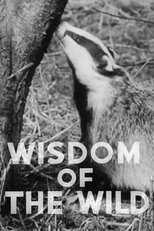
F. Percy Smith
A distinguished pioneer of scientific filmmaking, Percy Smith was born in London in 1880. Working as a clerk at the Board of Education, Percy began to photograph the natural world around him, nursing a lifelong fascination with all manner of plant and animal life. His close-up photograph of a bluebottle's tongue caught the attention of film entrepreneur Charles Urban, who quickly began to exhibit Percy's work in London theatres. After the consi...derable success of sequences such as The Balancing Bluebottle, where he recorded flies juggling, Percy finally joined Urban as a full-time filmmaker in 1910. Before the outbreak of the First World War, Percy completed over fifty nature films for the Urban Sciences series including, in 1910, the famous piece, The Birth of a Flower. An early example of stop-motion photography, the film was hugely popular. Meticulously researching his subjects, Percy devised ingenious ways to film slow-growing plant life - modifying his equipment with gramophone needles, candle wicks and other assorted objects, allowing him to continue filming plant movement even as he slept. In 1911 his study, The Strength and Agility of Insects sparked a huge press debate - detailing a range of insects as they lift tiny dumbbells, twirl matchsticks and juggle objects much heavier than themselves he had to dispel rumours of trickery and cruelty by revealing his innovative filming techniques. Percy went on to serve as a naval photographer during the War and, upon his return, began work for British Instructional Films (BIF). Contributing to the company's widely acclaimed Secrets of Nature series he worked on numerous films, including An Aquarium in a Wineglass (1926), The Home Wrecker (1929) and Magic Myxies (1931). He continued to work on the project in the 1930s when it became known as Secrets of Life and in 1939 published Secrets of Nature, a review of the filming techniques used throughout the series. (via wildfilmhistory.org)





